Do Blackout Curtains Really Help You Sleep?

Creating the perfect sleep environment goes beyond just having a comfortable bed – it extends to controlling every aspect of your bedroom atmosphere. As we explored in our complete guide to Creating a Sleep-Friendly Home Environment, light control plays a crucial role in sleep quality. Blackout curtains have emerged as one of the most popular solutions for blocking unwanted light, but do they really deliver on their promise of better sleep? In this article, we’ll dive deep into the science behind blackout curtains, their specific benefits for sleep, and whether they’re worth the investment for your bedroom sanctuary.
What You’ll Discover in This Guide:
🌙 The science of how light affects your sleep cycle
🏠 Real benefits vs. marketing myths about blackout curtains
💤 Who benefits most from complete darkness while sleeping
🛍️ How to choose the right blackout curtains for your needs
⚡ Installation tips for maximum light-blocking effectiveness
Before diving deeper, make sure to check our comprehensive guide on Creating a Sleep-Friendly Home Environment: Your Complete Guide to Better Rest for a complete overview of optimizing your bedroom for quality sleep.
How different light levels affect sleep quality
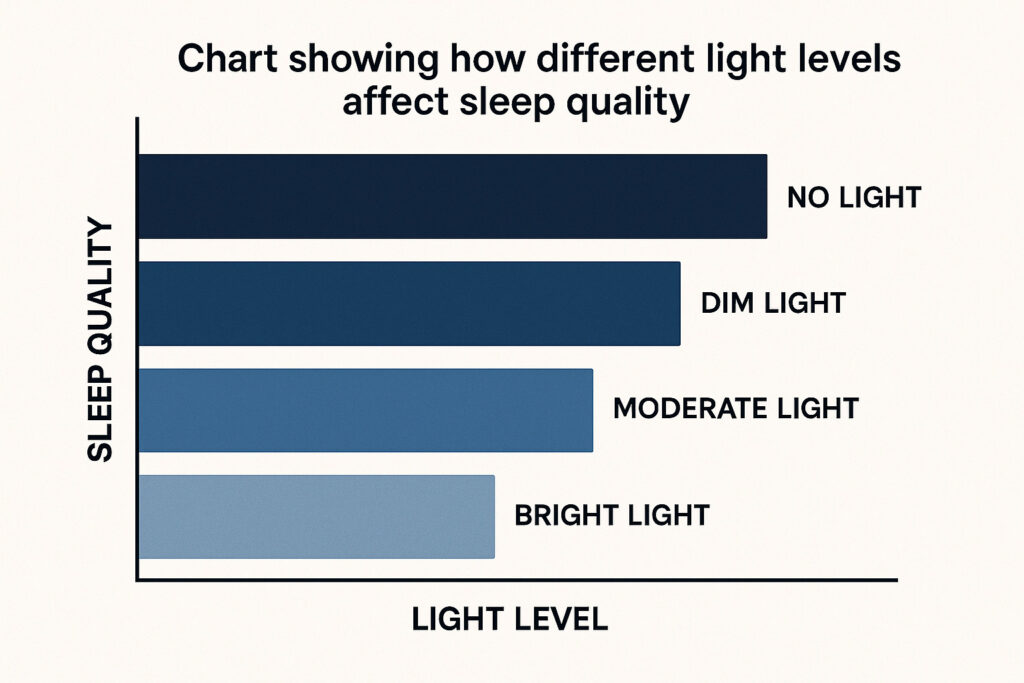
Did you know that even small amounts of light exposure during sleep can disrupt your circadian rhythm and reduce sleep quality by up to 50%? Recent studies from the National Sleep Foundation reveal that people sleeping in completely dark rooms experience 23% more REM sleep compared to those with ambient light. This striking statistic explains why blackout curtains have become a bedroom essential for millions seeking better rest. Understanding exactly how these specialized window treatments work – and whether you truly need them – can transform your sleep quality and overall health.
How Blackout Curtains Enhance Sleep Quality
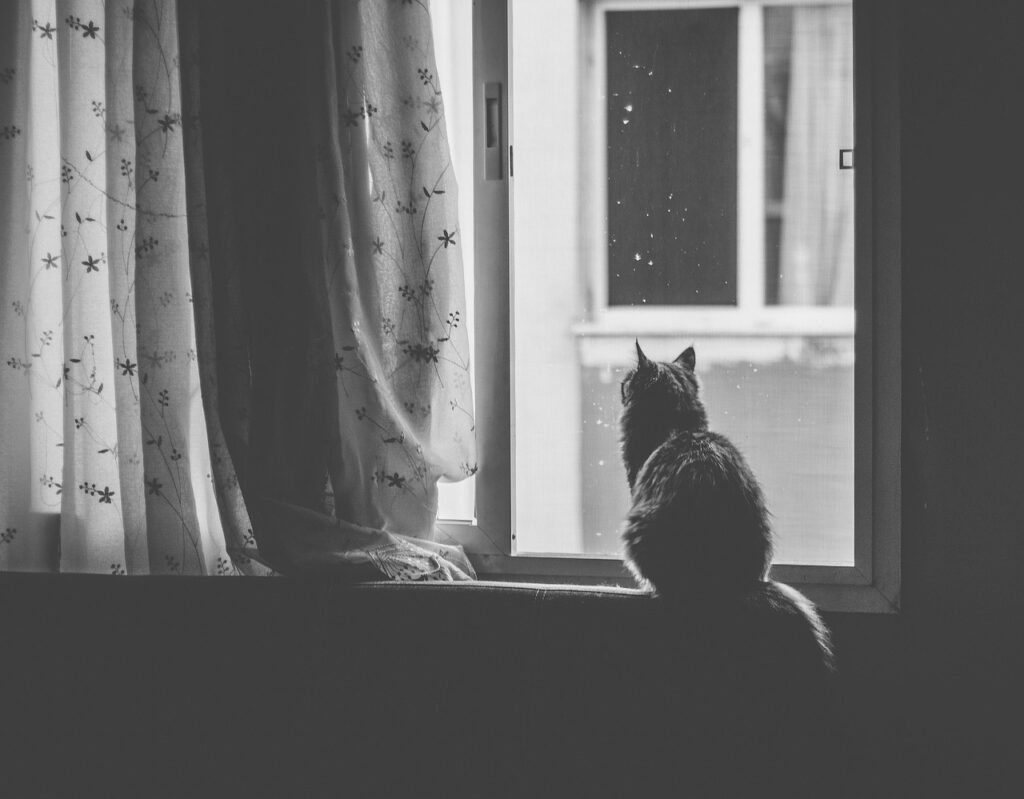
Blackout curtains work by creating a barrier between your bedroom and external light sources using densely woven fabrics or special light-blocking linings. Unlike regular curtains that merely filter light, true blackout curtains can block 99-100% of incoming light, creating cave-like darkness that signals your brain it’s time to sleep.
💡 Pro Tip: Not all “blackout” curtains are created equal. Look for curtains specifically labeled as blocking 99% or more of light, and check for third-party testing certifications when possible.
The Science Behind Darkness and Melatonin Production

Your body’s melatonin production – the hormone responsible for regulating sleep-wake cycles – is directly influenced by light exposure. When darkness falls, your pineal gland begins producing melatonin, making you feel drowsy. Even small amounts of light can suppress this natural process:
- Blue light (from electronics): Reduces melatonin by up to 85%
- Street lights: Can decrease melatonin production by 40%
- Early morning sun: Signals your body to stop producing melatonin
- LED alarm clocks: May reduce melatonin levels by 20%
For optimal sleep hormone production, your bedroom needs to achieve near-total darkness – something only quality blackout curtains can provide.
Who Benefits Most from Blackout Curtains

While everyone can potentially benefit from darker sleep environments, certain groups see particularly dramatic improvements:
Shift Workers and Night Owls
- Block daylight during daytime sleep hours
- Create consistent darkness regardless of time
- Help maintain regular sleep schedules despite unconventional hours
Light-Sensitive Sleepers
- Those who wake easily from street lights or car headlights
- People living in urban areas with significant light pollution
- Individuals with conditions like migraines triggered by light
Parents and Children
Young children often sleep better in complete darkness, and blackout curtains can help maintain nap schedules and prevent early morning wake-ups during summer months when the sun rises earlier.
Common Challenges and Solutions
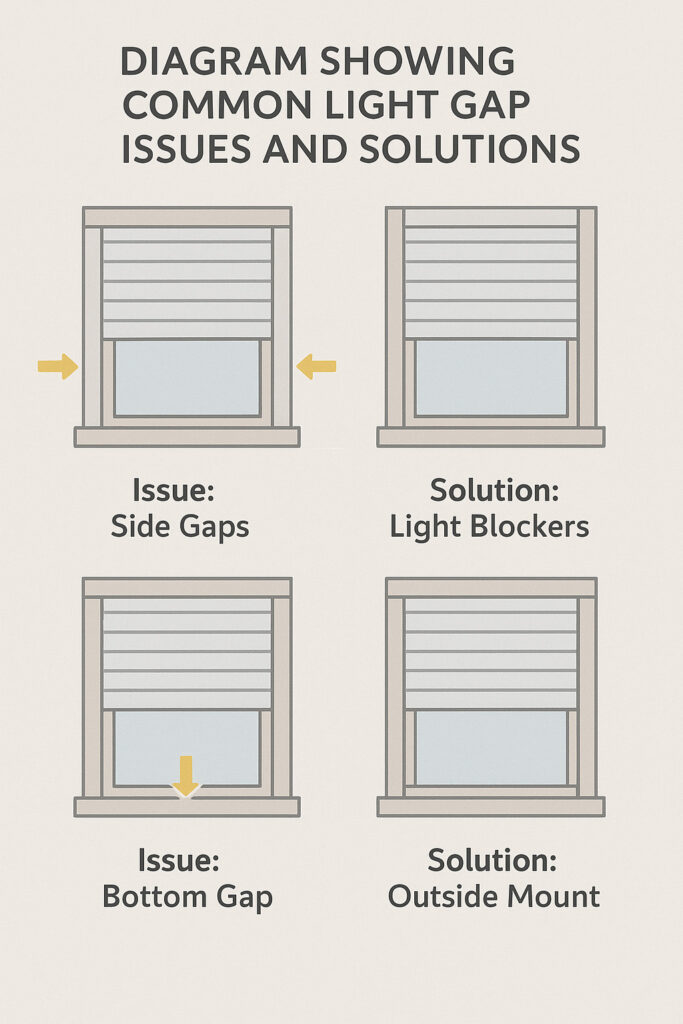
Installing blackout curtains isn’t always straightforward. Here are solutions to typical issues:
Light Leakage Around Edges
The most common complaint about blackout curtains is light seeping around the sides. Solutions include:
- Installing wraparound curtain rods that curve back to the wall
- Using curtain tracks that sit flush against the wall
- Adding velcro strips along the edges for a complete seal
- Choosing curtains 6-12 inches wider than your window frame
⚠️ Important Note: In hot climates, blackout curtains can trap heat. Look for thermal-regulating fabrics or install them with a small gap at the top for air circulation while maintaining darkness below eye level.
Making Your Decision: Are Blackout Curtains Right for You?
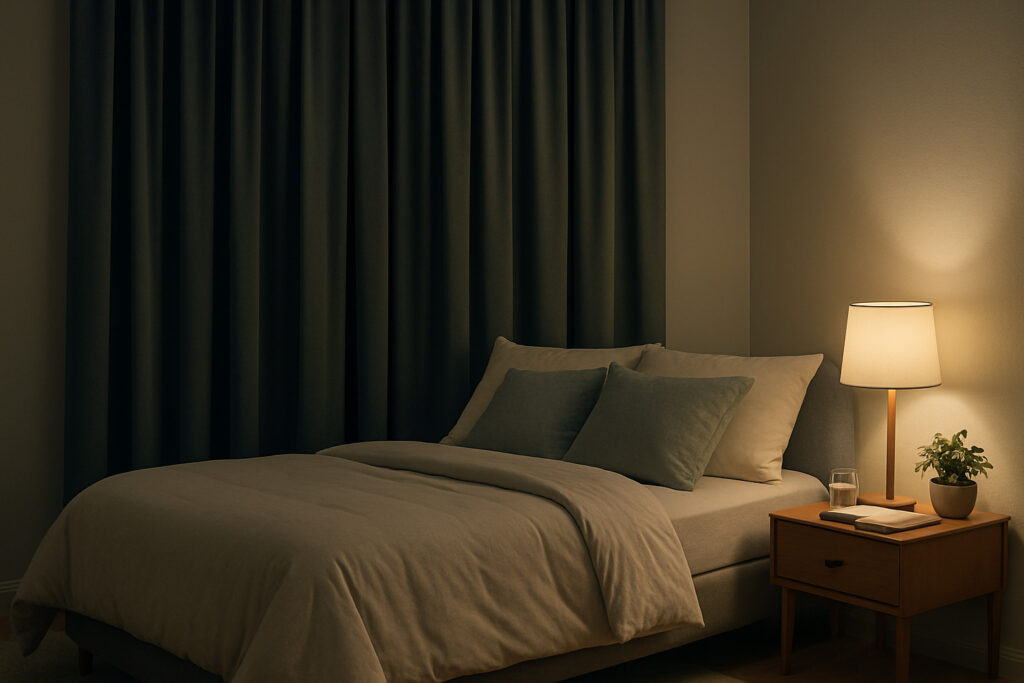
After exploring the science and benefits, it’s clear that blackout curtains can significantly improve sleep quality for many people. They’re particularly valuable if you struggle with light sensitivity, work irregular hours, or live in areas with substantial light pollution. The investment in quality blackout curtains – typically ranging from $50-200 per window – often pays for itself through improved sleep quality and the associated health benefits.
Remember, blackout curtains are just one component of an optimal sleep environment. Combine them with other strategies from our guide on Creating a Sleep-Friendly Home Environment for maximum benefit. Consider also exploring How to Use Aromatherapy for Better Sleep to enhance your bedroom’s relaxation potential.
Frequently Asked Questions

🌑 Do blackout curtains really block 100% of light?
Quality blackout curtains can block 99-100% of light when properly installed. However, achieving complete darkness often requires addressing light leaks around edges with proper installation techniques.
🌡️ Will blackout curtains make my room too hot?
While some blackout curtains can trap heat, many modern options include thermal-regulating properties. Look for curtains with white or reflective backing to reduce heat absorption.
💰 Are expensive blackout curtains worth the investment?
Higher-quality blackout curtains typically offer better light blocking, durability, and additional features like noise reduction. For those serious about sleep quality, the investment often proves worthwhile.
🏃 Can I use blackout curtains in a bedroom that needs natural light during the day?
Absolutely! Many people open their blackout curtains during the day for natural light and close them only for sleep. Consider dual-track systems for layering sheer and blackout curtains.
Your Next Steps to Better Sleep
Ready to transform your sleep quality with the right window treatments? Here’s what to do next:
📖 Essential Reading:
- Explore our comprehensive Creating a Sleep-Friendly Home Environment: Your Complete Guide to Better Rest
- Discover the Best Mattress for Back Pain: What to Look For to complete your sleep setup
- Learn How to Use Aromatherapy for Better Sleep for additional relaxation techniques
Have you tried blackout curtains? What difference did they make to your sleep quality? Share your experience in the comments below and help others on their journey to better rest!
About the Author

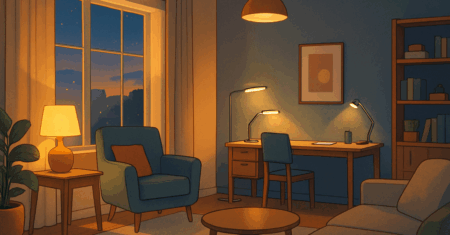
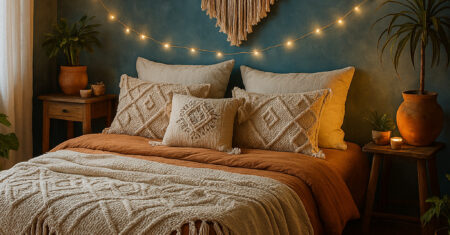

0 Comments